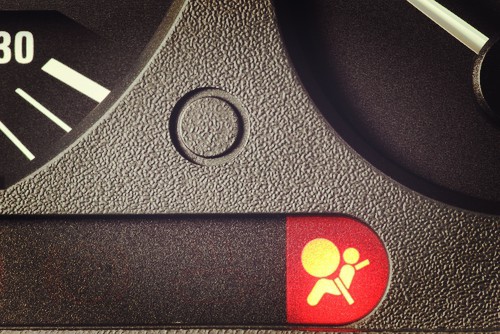
Nearly 30 million airbags have previously been recalled due to defective inflators manufactured by Japanese car parts maker, Takata Corp. The recall was already huge, but it was pre-emptive in some ways. The Department of Transportation began the safety measure without waiting for study and confirmation that the airbags were indeed responsible for injuries and death. Ten deaths and more than a hundred injuries have been caused by a problem with the inflators inside the airbag, which have ruptured and sent shrapnel through the airbag into the vehicle during collisions.
Last month, the Department of Transportation (DOT) completed its review of data and research and the Takata inflators became the subject of the largest safety recall in United States history. The decision to recall more products comes after the U.S. Department of Transportation was able to confirm the root cause of the tendency of the inflators to rupture.
There were three independent investigations, and each was reviewed by the National Highway Traffic Safety Administration (NHTSA) alongside a separate, independent expert. The findings were clear and terrifying. When ammonium nitrate propellant was used in the airbags without a desiccant (drying agent), the propellant degraded over time. The propellant then burned too quickly, causing the inflator to rupture and send shrapnel through the airbag.
35-40 million additional airbags with Takata inflators will be recalled over a three-and-a-half year period beginning May 2016. The independent review found that the likelihood of rupture is heightened by the age of the inflators, exposure to high humidity, and fluctuating high temperatures. Based on this finding, the phases of the recall will be prioritized based on those three factors. The riskiest products have already been recalled in the initial efforts by the NHTSA to recall the potentially unsafe airbags.
Takata Proves a Challenging Partner in Recall Process
Takata has been slow to respond to requests for information and cooperation, causing disruption to the recall process. This has made them the target of significant anger by consumers, the public, and industry insiders. In 2015, the NHTSA penalized Takata, levying the largest-ever civil penalty imposed for violations of the Motor Vehicle Safety Act.
The NHTSA also determined Takata could not be trusted to undertake their part of the recall work in timely and appropriate ways. For this reason, the NHTSA appointed an Independent Monitor to oversee Takata. This monitor makes sure Takata complies with orders and stays on track with the Coordinated Remedy Program. The Coordinated Remedy Program is a collaborative effort that covers the logistics of process and schedule for the recall and replacement of the faulty products.
What Should I Do As A Car Owner?
The current list of vehicles equipped with recalled airbags is available, but the vehicles included in the most recent recall have not yet been named. The NHTSA is emphasizing the importance of quick actions by car owners to have the recalled product replaced once informed, as their study of the situation has shown it to be quite serious.
You should also make sure your contact information with your car’s manufacturer and your local department of motor vehicles is up to date. There have been tragic instances when individuals were killed in airbag accidents because they did not receive any of the recall notices sent to them.
The defect in the Takata airbags resulted in death during minor accidents in which all involved would typically have been expected to survive. The experienced car accidents and product liability attorneys at Rhoads and Rhoads can help you protect your family by fighting for the compensation you deserve. Call us today for risk-free, no-cost consultation: 888-709-9329.


